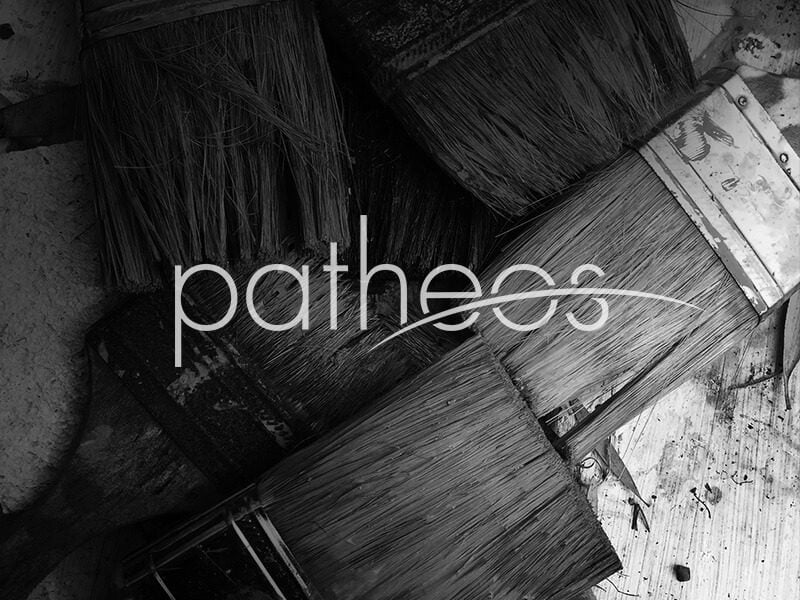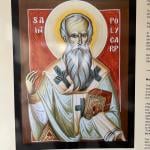Over at Faith and Theology, Ben Myers has a great piece on The Joy of Teaching Primary Sources. He writes:
To read books from the past is also to encounter minds with their own prejudices, parochialisms, and blind spots. But students soon discover that they are able to discern these limitations and to address them. Such scholarly discernment is much more difficult (i.e. usually impossible) if one is reading contemporary authors, since in this case the blind spots of the reader and those of the author tend to be identical. (For more on this, see C. S. Lewis’ brilliantly perceptive introduction to Athanasius.) If students are given a book by Moltmann, they will simply absorb it; if they are given Augustine’sConfessions, they will be forced to argue with it. I have seen students walk away from my first-year theology class either infatuated with Augustine or infuriated with him; in both cases I am delighted to see that real learning had occurred. But when students read only contemporary authors – even if they are very good authors – something quite dangerous and enfeebling happens. The students come away feeling neither infatuated nor infuriated but onlyaffirmed. Their own prejudices and parochialisms have been reinforced. Their blind spots have become even blinder.
I agree. In recent years I’ve noticed the buzz that students get from reading things from Hippolytus to Athanasius to Arminius. In my theology class, I usually set one essay that requires some primary source reading with a view to “Did X really say Y?” or “Was X really correct about Y?” Also, getting first year NT students to read primary sources like the Lives of the Twelve Caesars, Gospel of Thomas ,and Epistle of Diognetus is good value too!
Several years ago, I read an interview that Carl Trueman did with I. Howard Marshall where Marshall said that one should endeavor to become the “master or mistress” of the primary sources and immerse oneself in the relevant literature of the ancient world (see Carl Trueman, “Interview with Professor Howard Marshall,” Themelios 26.1 [2002]: 52).











